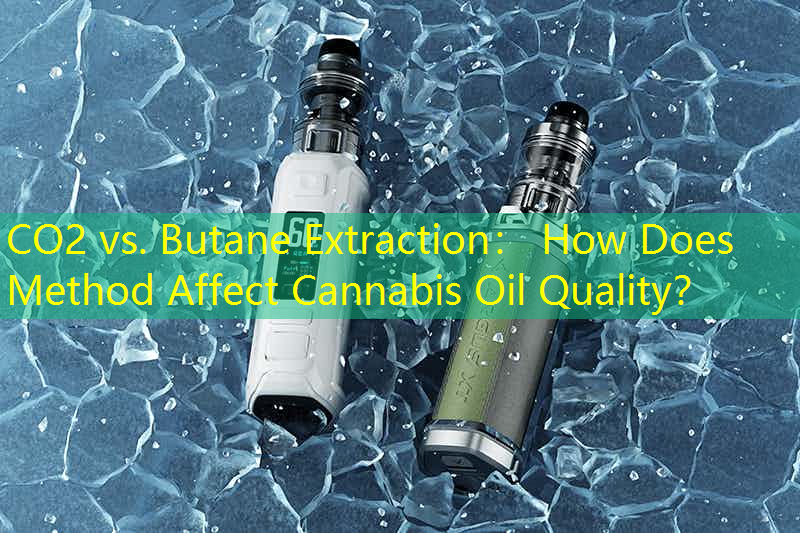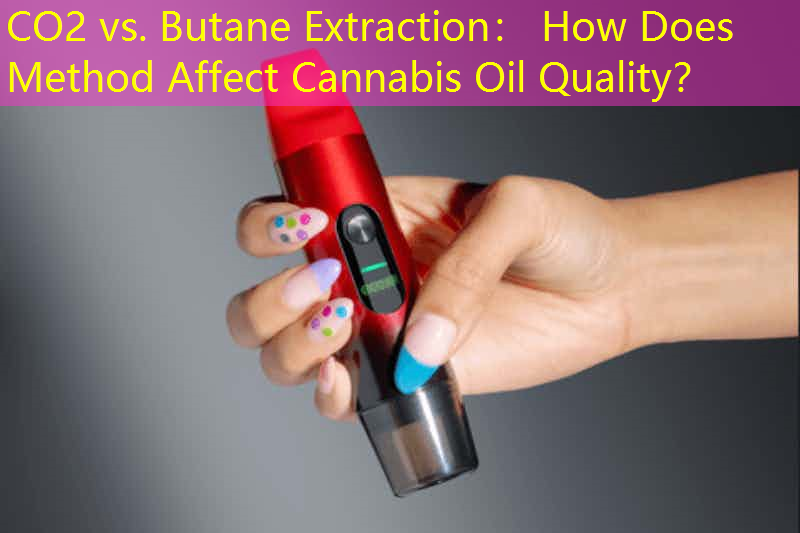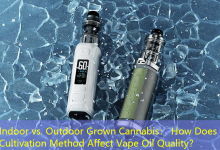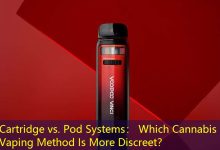Introduction to Cannabis Oil Extraction Methods
As the cannabis industry continues to evolve, the extraction of cannabis oil has become a critical component in producing high-quality products. Two dominant extraction methods, CO2 extraction and butane extraction, vary significantly in their processes and the quality of oil they yield. This article aims to explore these methods in detail, providing guidance for both consumers and producers.

CO2 Extraction: The Standard for Quality
CO2 extraction utilizes carbon dioxide in a supercritical state, カンナビノイドとテルペンを完全性を維持しながら効果的に抽出します。. この方法は、有害な残留物を含まない高品質の大麻油を生産できることで賞賛されています。. 温度と圧力を正確に制御することで、, CO2 抽出装置は特定の化合物を選択的にターゲットにできます, resulting in a cleaner, purer product.
Advantages of CO2 Extraction
1. **Purity and Safety**: The absence of harmful solvents means CO2-extracted oils are regarded as safe for consumption. This method also minimizes the risk of contamination.
2. **Versatility**: CO2 extraction can yield various product types, from full-spectrum oils to isolates, catering to a wide range of consumer preferences.
3. **Environmental Impact**: CO2 is a non-toxic, environmentally friendly solvent, making this method more sustainable compared to others.
ブタン抽出: A Popular Alternative
Butane extraction, often referred to as BHO (butane hash oil) extraction, uses butane as the solvent. While this method can produce potent concentrates, it is associated with certain risks and challenges, particularly regarding safety and purity.
Advantages of Butane Extraction
1. **Potency**: Butane extraction can result in high-THC products that appeal to experienced users seeking strong effects.
2. **Cost-Effectiveness**: 一般的に, butane extraction setups require less initial investment compared to CO2 systems, making it appealing for smaller producers.

3. **Flavor Profile**: Many users prefer butane-extracted oils for their rich flavor profiles, as this method captures a broad spectrum of terpenes.
Disadvantages of Butane Extraction
1. **Safety Concerns**: The use of flammable solvents poses inherent risks, including potential explosions if not performed under controlled conditions.
2. **Residue and Purity Issues**: If not properly purged, butane extraction can leave harmful residues in the final product, raising safety concerns.
3. **Regulatory Hurdles**: Many regions have stringent regulations on butane extraction due to safety concerns, complicating the production process.
Impact on Cannabis Oil Quality
The choice of extraction method significantly influences the final product’s quality. CO2 extraction is typically preferred for medical applications and consumers focused on quality and safety. しかし, butane extraction can yield more potent oils for recreational use, appealing to a more niche market.
結論
要約すれば, both CO2 and butane extraction methods have their advantages and disadvantages, catering to different segments of the cannabis market. For producers and consumers alike, understanding these differences is crucial in selecting the right method based on quality, 安全性, and intended use. Whether prioritizing purity with CO2 or potency with butane, the choice ultimately depends on individual preferences and needs within the diverse landscape of cannabis oil products.







